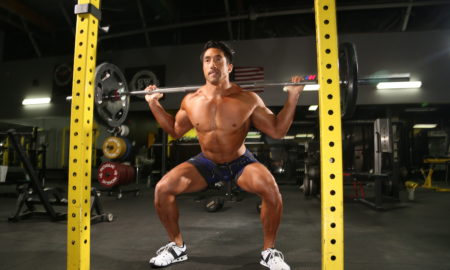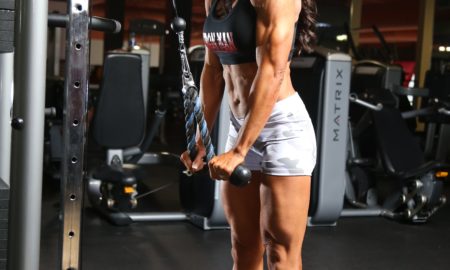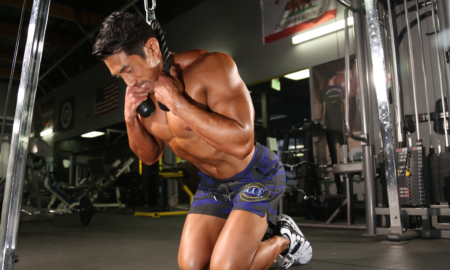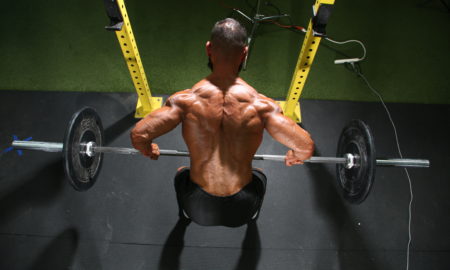Powerlifters and bodybuilders who have trained heavy most of their lifting careers usually end up with joint aches and pains—from shoulders to knees to elbows—some so debilitating that they limit exercise choice and even normal daily activity. The damage can be so bad that surgery is seriously considered for relief. Before you go under the knife, though, you may want to consider, platelet rich plasma therapy, or PRP, something top-level athletes have had excellent success with, including golfer Tiger Woods and Troy Polamalu of the Pittsburgh Steelers.
“There are many benefits to being treated with PRP,” says Dr. David Wang, an expert in PRP therapy who’s trained physicians from around the world on the proper administration of regenerative injections during medical mission programs organized by the American Association of Orthopedic Medicine and the Hackett Hemwall Foundation. “It is a safe, minimally invasive procedure that does not require general anesthesia, results in minimal recovery time, causes no visible scarring, is relatively inexpensive compared to surgery and, best of all, enhances the body’s own healing capacity.”
PRP can be applied to nearly any joint or muscle area in the body—neck, shoulders, back, elbows, ankles, wrists, hands, hips, knees and feet. How does it work? The Kaplan Center for Integrative Medicine, based in McLean, Virginia, puts it this way: “After conducting a comprehensive physical evaluation, your physician will arrive at a diagnosis and determine whether your condition can be successfully treated with PRP. A multistep process that is completed in one doctor’s visit, PRP therapy involves 1) drawing a small amount of a patient’s blood, 2) placing it in a centrifuge to concentrate the platelets that contain numerous growth factors responsible for tissue healing and blood clotting and 3) injecting the plasma solution back into the patient’s body at the site of the injury to promote healing. The high concentration of platelets in the plasma solution replicates and magnifies the body’s natural healing response, stimulating the growth of healthy ligaments, tendon fibers, muscle, cartilage and bone.”
Back to Dr. Wang: “Many people are surprised when they meet with me and learn that they may be able to avoid surgery with PRP. Patients are even more surprised after they undergo the therapy and experience just how effective the results are. Even In the cases where surgery cannot be avoided—for example, where a bone has been fractured or a nerve impinged—postsurgical PRP treatments can be instrumental in maximizing healing of the wound site and allowing individuals to return more quickly to an active life.”
Board-certified in physical medicine and Rehabilitation, Dr. Wang joined The Kaplan Center in January 2011. To learn more, visit www.KaplanClinic.com.




















You must be logged in to post a comment Login